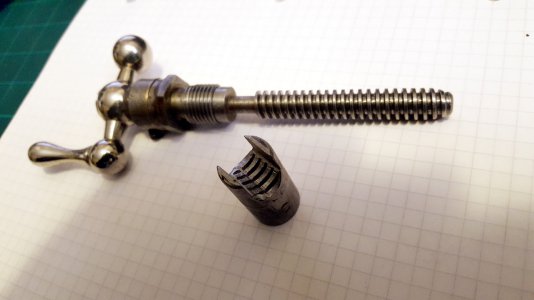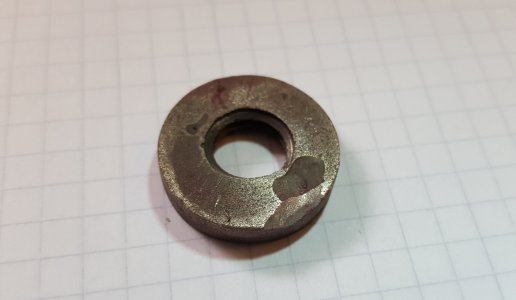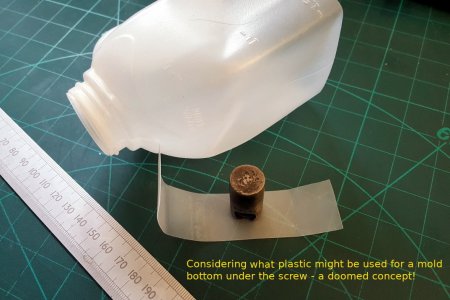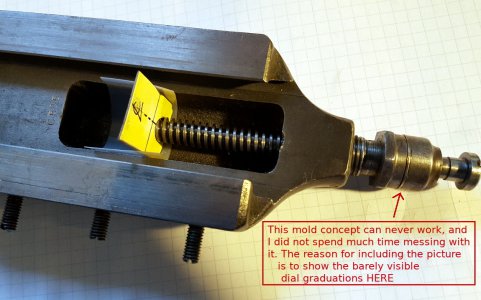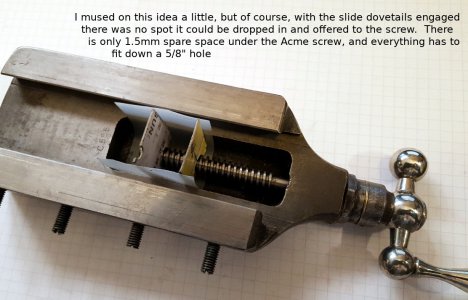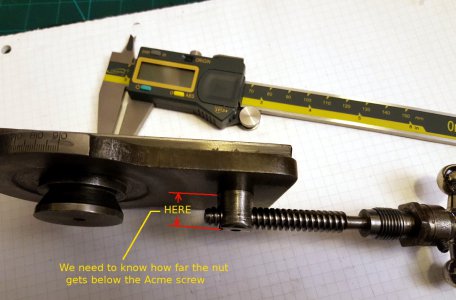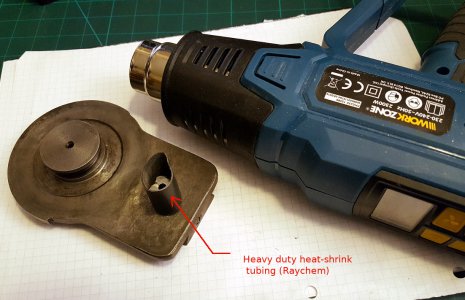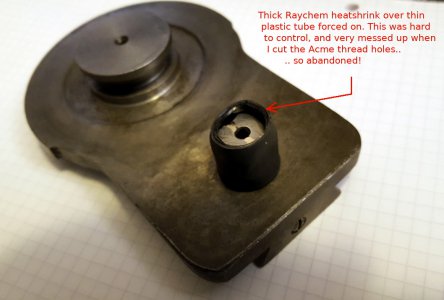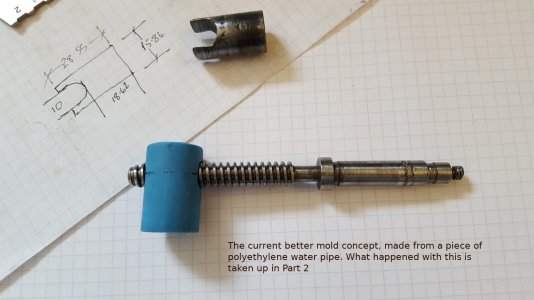- Joined
- Apr 14, 2014
- Messages
- 3,215
"Would you pay $75 bucks for a lathe nut you can make?"
The key words here are "you can make". Is the quality of what you intend to make anywhere near the quality of a new nut, and will it last and perform nearly as long. As painful as it might be sometimes spending the money is the better alternative.
I was in a similar situation about 10 years ago with my Seneca Falls Star #20 lathe. In this case there was a sudden clunk and the cross slide refused to move. Upon disassembly I found the acme nut had been "repaired" on more than one occasion and was to the point it was time to be replaced. Unfortunately it was a 7/16-10 left hand thread. The once Acme threaded rod looked more like a 60* thread and it too needed replacement.
With a non functional cross slide and a nut and rod worn to the point repair would have been futile my best option was to replace them. The 7/16-10 left hand threads were "proprietary" to these machines and about the only way to acquire them was to have them made. I checked several local shops and came back with prohibitive prices. In the end I purchased a precision 3/8-10 acme platform nut that had to be modified to fit the machine, and a length of precision 3/8-10 left hand acme rod.
At the time the prices again seemed outrageous, but at least they were less expensive than having the original combination made. At that time the cost for both was around $140.00 including shipping. 10 years later the pain of the cost has long subsided, and the machine still runs fine and makes accurate parts. In retrospect I'm glad I spent the money at that time.. Looking online today I can't find either part at the vendors I searched when the machine needed service.
The key words here are "you can make". Is the quality of what you intend to make anywhere near the quality of a new nut, and will it last and perform nearly as long. As painful as it might be sometimes spending the money is the better alternative.
I was in a similar situation about 10 years ago with my Seneca Falls Star #20 lathe. In this case there was a sudden clunk and the cross slide refused to move. Upon disassembly I found the acme nut had been "repaired" on more than one occasion and was to the point it was time to be replaced. Unfortunately it was a 7/16-10 left hand thread. The once Acme threaded rod looked more like a 60* thread and it too needed replacement.
With a non functional cross slide and a nut and rod worn to the point repair would have been futile my best option was to replace them. The 7/16-10 left hand threads were "proprietary" to these machines and about the only way to acquire them was to have them made. I checked several local shops and came back with prohibitive prices. In the end I purchased a precision 3/8-10 acme platform nut that had to be modified to fit the machine, and a length of precision 3/8-10 left hand acme rod.
At the time the prices again seemed outrageous, but at least they were less expensive than having the original combination made. At that time the cost for both was around $140.00 including shipping. 10 years later the pain of the cost has long subsided, and the machine still runs fine and makes accurate parts. In retrospect I'm glad I spent the money at that time.. Looking online today I can't find either part at the vendors I searched when the machine needed service.


